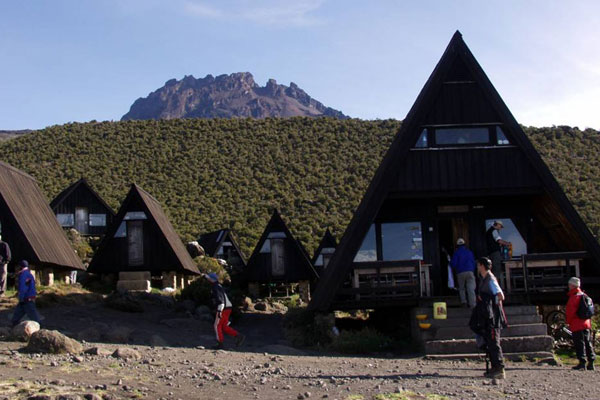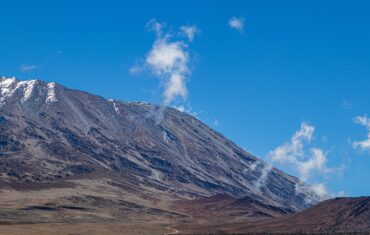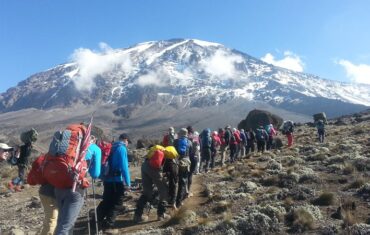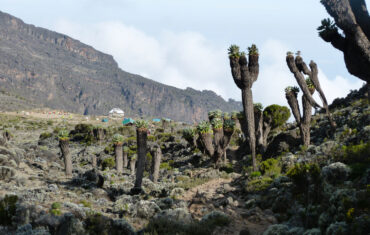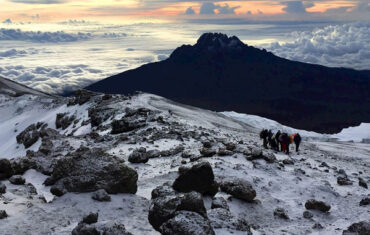Are you planning an adventure to conquer the breathtaking Mount Kilimanjaro? If so, you’re in for a remarkable journey. But before you embark on this incredible expedition, it’s essential to understand that Kilimanjaro’s high altitude presents a unique set of challenges. To maximize your chances of success and ensure your safety, you must prepare adequately, including effective pre-acclimatization. In this comprehensive guide, we’ll explore various strategies to help you prepare for Kilimanjaro’s high altitude and achieve successful pre-acclimatization.
Achieving Peak Physical Fitness
The foundation of your preparation begins with your physical condition. Being in excellent shape can significantly enhance your Kilimanjaro experience and your pre-acclimatization efforts. Here’s why:
1. Stress Reduction
A high level of physical fitness can reduce the physical stress of multiday hiking, allowing your body to adapt more effectively to the altitude.
2. Energy Conservation
When your body is in prime physical condition, it can allocate more energy to the acclimatization process, vital for high-altitude success.
Genetic Factors and Altitude Acclimatization
It’s essential to recognize that altitude acclimatization is, to some extent, genetically determined. Climbing Kilimanjaro is a unique experience for each individual, and there’s no surefire way to predict how your body will react to the low-oxygen environment until you’re actually on the mountain.
Strategies for Pre-Acclimatization
To enhance your chances of adapting to Kilimanjaro’s altitude, consider the following strategies:
1. Stay at Higher Altitude
If you’re fortunate enough to live in a high-altitude area, you already have a head start in acclimatization. Regularly hiking to even higher elevations can further prepare your body for the lower oxygen levels on Kilimanjaro.
2. Travel for High Altitude Exposure
For those residing at or near sea level, traveling to high-altitude locations before your Kilimanjaro climb is beneficial. While short stays at high elevations won’t directly improve your acclimatization, they can provide valuable experience in a hypoxic environment.
The Power of Altitude Training Systems
One of the most effective ways to pre-acclimatize for Kilimanjaro is by using altitude training systems. These systems simulate high altitudes and induce beneficial physiological adaptations in the body, including:
1. Reducing the Incidence of Acute Mountain Sickness (AMS)
AMS is a common reason for climbers failing to reach Kilimanjaro’s summit. Pre-acclimatization through altitude training can significantly reduce or eliminate AMS symptoms.
2. Increasing Performance
Altitude training enhances the body’s ability to deliver oxygen to muscles, improving hiking strength and endurance on Kilimanjaro.
3. Enhancing Recovery
Quality sleep at high altitude is crucial for recovery. Pre-acclimatization ensures you can rest well, even in an oxygen-deprived environment.
Hypoxico Altitude Systems
Hypoxico is a leading manufacturer of altitude training systems, offering several methods for pre-acclimatization:
1. Sleep Training
Sleep inside a tent at a simulated altitude of 10,500 feet for 6-8 weeks before your Kilimanjaro trip.
2. Exercise Training
Wear an exercise mask during light workouts for 30-40 minutes, 3-4 times a week, at an altitude of 10,500 feet.
3. Resting Training
Spend one hour daily wearing the mask at a simulated altitude of 20,000 feet while engaging in activities like watching TV or reading.
The Benefits of Pre-Acclimatization
In conclusion, pre-acclimatization is like giving yourself a head start in conquering Kilimanjaro. While it may seem inconvenient or costly, it significantly increases your chances of success. Every client who has used high-altitude systems for training has successfully summited Kilimanjaro.
However, if you can’t pre-acclimatize, don’t be discouraged. Our Kilimanjaro itineraries, especially those lasting seven days or more, are designed to ensure the average person can reach the summit safely, even without prior high-altitude exposure.
So, whether you choose to pre-acclimatize or not, embark on your Kilimanjaro adventure with confidence and the knowledge that you’re prepared for the journey of a lifetime.
Frequently Asked Questions
1. How long does it take to pre-acclimatize using altitude training systems?
The recommended duration for effective pre-acclimatization is 6-8 weeks. However, shorter durations may still offer some benefits.
2. Can I climb Kilimanjaro without pre-acclimatization?
Yes, you can. Our itineraries are designed to accommodate climbers without prior high-altitude exposure, ensuring their safety and success.
3. Are there any side effects of altitude training systems?
Mild discomfort, such as headaches and shortness of breath, may occur initially. However, these symptoms typically subside as your body adjusts to the lower oxygen levels.
4. Do I need to combine multiple methods of pre-acclimatization?
While using multiple methods can yield better results, you can achieve significant benefits by following a single pre-acclimatization method.
5. What’s the most common reason for failure to summit Kilimanjaro?
The main reason climbers fail to reach the summit is Acute Mountain Sickness (AMS). Pre-acclimatization significantly reduces the risk of AMS and increases your chances of success.

